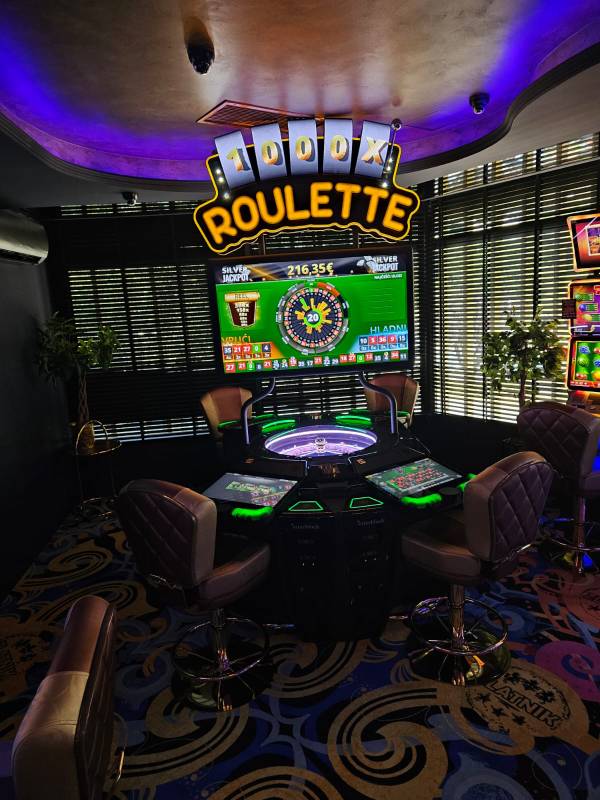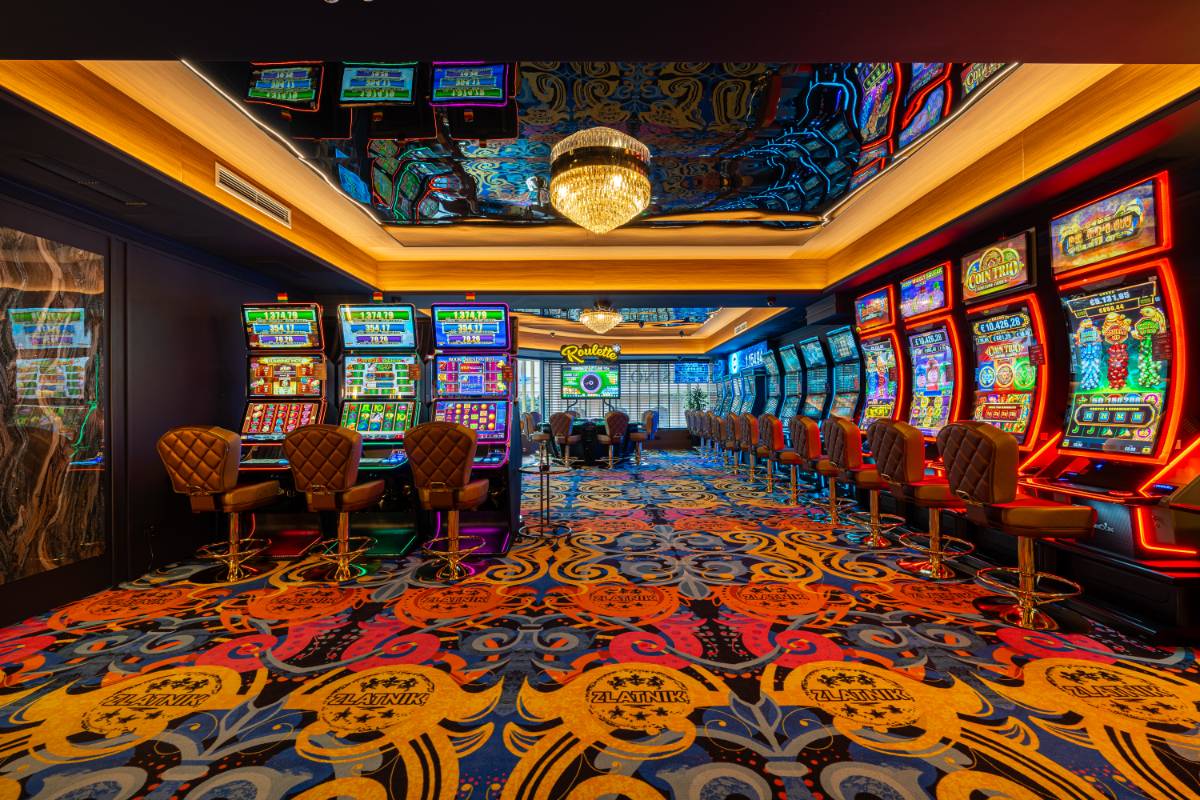Many years ago, back in 1891, two innovators from Brooklyn, New York—Sitman and Pitt—developed the first gambling device with five reels, known as the poker slot machine. This machine featured a total of 50 playing card images and was based on the game of poker. Players would insert a coin and pull a lever to spin the reels with cards, hoping for a favorable poker hand.
At that time, there was no direct payout mechanism. Instead, rewards depended entirely on the local bar or establishment. For example, a pair of kings could win the player a free beer, while a flush might get them cigarettes or a drink.
To reduce the odds of winning, the machine would remove two cards from the “deck”: the ten of clubs and the jack of hearts, which cut the chance of hitting a flush in half. The reels could also be rearranged to further lower the probability of winning.
Initially, moral authorities and later government officials opposed slot machines. However, during the 1920s, slot machines became popular throughout America, especially in tourist spots. Their popularity even persisted through the Great Depression of the 1930s.
Due to concerns that organized crime controlled slot machine distribution, legal restrictions were imposed, limiting sales, transport, and use—except in private clubs. Outside Nevada, where gambling was legalized early, prohibition remained widespread until 1951, though illegal gambling in private clubs was common.
Later, as the gambling industry’s huge revenues became clear, other states legalized gambling, and slot machines became a staple in casinos worldwide. American manufacturers dominated the market.
For slot enthusiasts, the thrill of pulling the lever, the sound of the reels aligning, and especially the clinking of coins dropping into the tray—all formed part of the game’s magic.
In the late 1970s, electronic video slot machines emerged, activated by button presses and featuring visual displays, especially for poker and blackjack-style games.
The nickname “one-armed bandit” comes from the single lever on the machine, and operators could adjust payout amounts—reducing payouts during busy times and increasing them when play was slow. Some gaming commissions tried to enforce minimum payout levels.
By the late 20th century, the record jackpot for a five-reel slot machine reached an incredible $1,000,000.

What Does It Mean That Roulette Operates as a Fair Game? One of the most common questions we receive from players is...
Read More

World-Class Standards in Every Detail Zlatnik slot clubs are designed according to the highest global standards. Every...
Read More

How One of the Most Famous Games of Chance Was Born Roulette is now an essential game in casinos all over the world,...
Read More